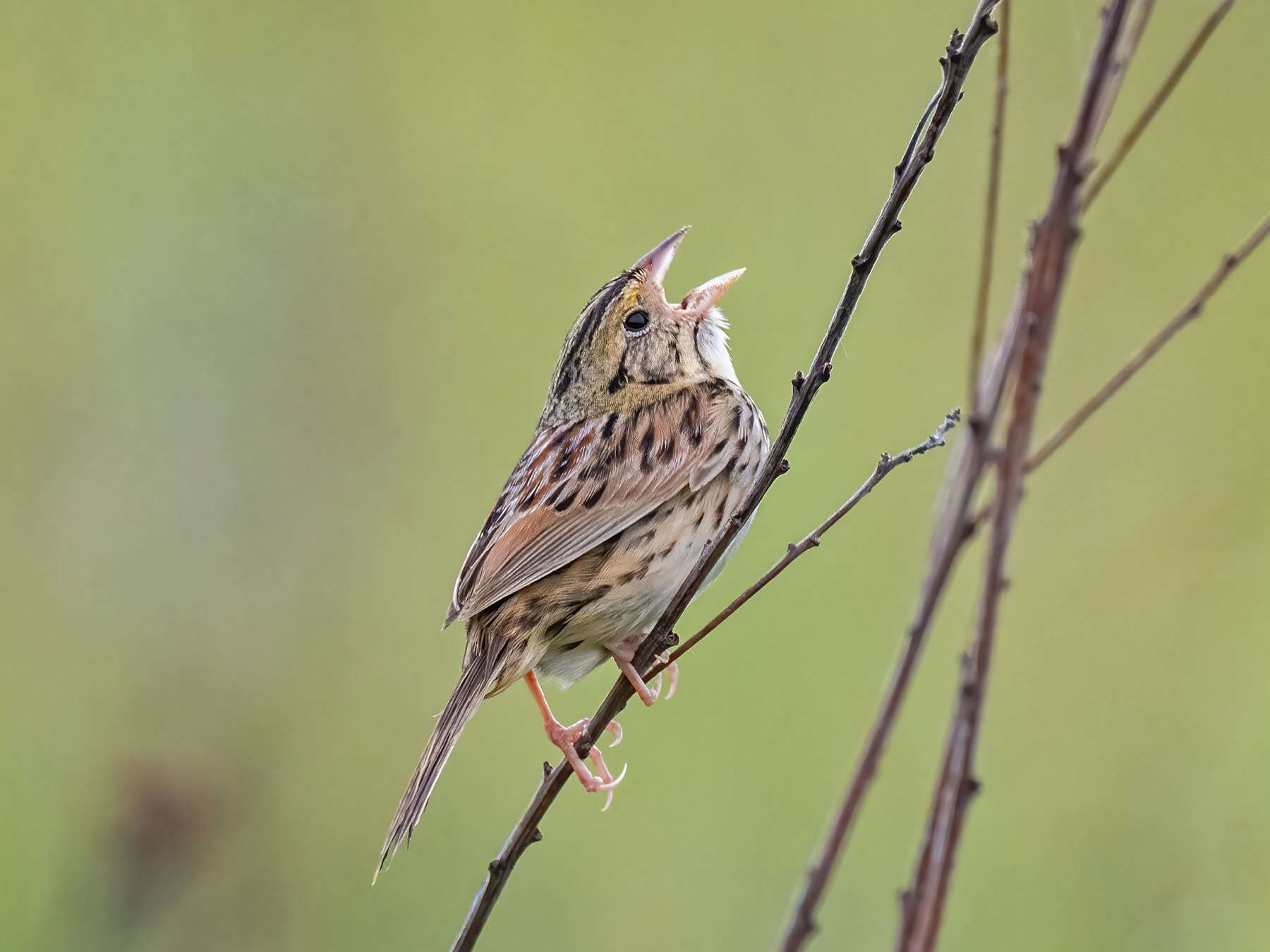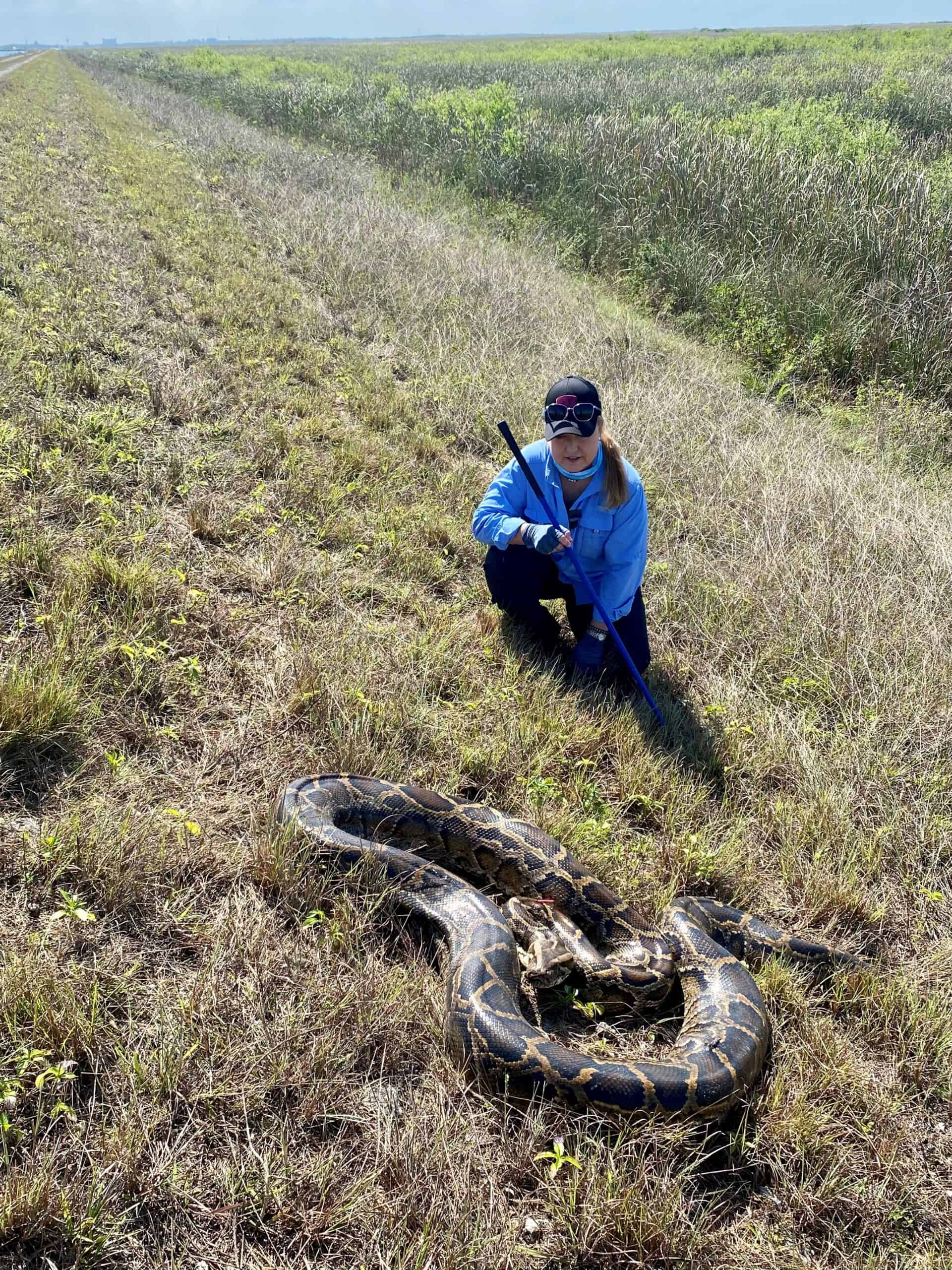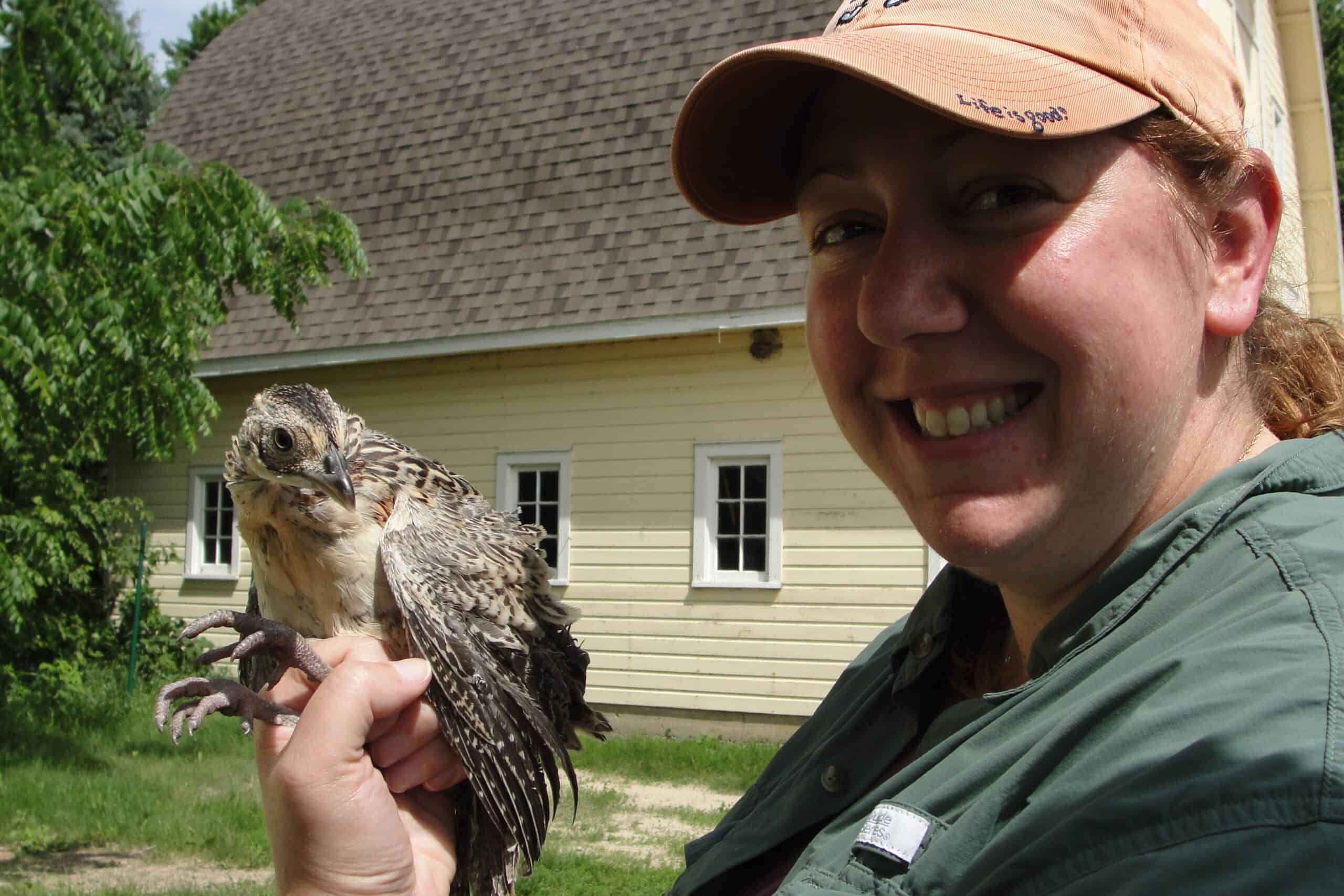Share this article
Sage grouse benefit from connected habitat
The current network of key sage grouse habitats has many important characteristics for maintaining populations, but if habitats are disconnected it could lead to regional loss of the species, according to newly published research.
The findings of the study, published in The Condor: Ornithological Applications, were used to inform the U.S. Fish and Wildlife Service’s decision to not list the sage grouse under the Endangered Species Act in 2015, said Steve Hanser, a USGS sagebrush ecosystem specialist and an author of the study.
The researchers looked at three networks of sage grouse priority areas — areas that provide resources necessary to sustain sage grouse. The three networks involved habitats in Washington, across California and Nevada and throughout a massive central region spanning parts of 10 states from southern Nevada to northwest Montana.
The researchers used a statistical technique in which they took into account vegetation, topography and human land use to develop a model for habitat suitability across the species’ range.
They then surveyed the area with a technique called Circuitscape, which uses the ability of an electric current to pass through an area to determine how difficult it would be for a sage grouse to move across the landscape.
They found that connectivity was high between priority areas in the large central network, but it was much lower in the other two networks.
Focusing on the priority areas is important, Hanser said, but it’s also critical to maintain connectivity corridors and the “hubs” they identified, which link the network of priority areas together.
“If we focus only priority areas, there’s potential that the areas between them might lose the characteristics necessary to maintain sage-grouse population connectivity in the long run,” he said.
Header Image: A male greater sage-grouse struts at a lek to attract females near Bodie, Calif. Recent research looked at the connectivity of priority areas of the species’ habitat. ©Jeannie Stafford/USFS








